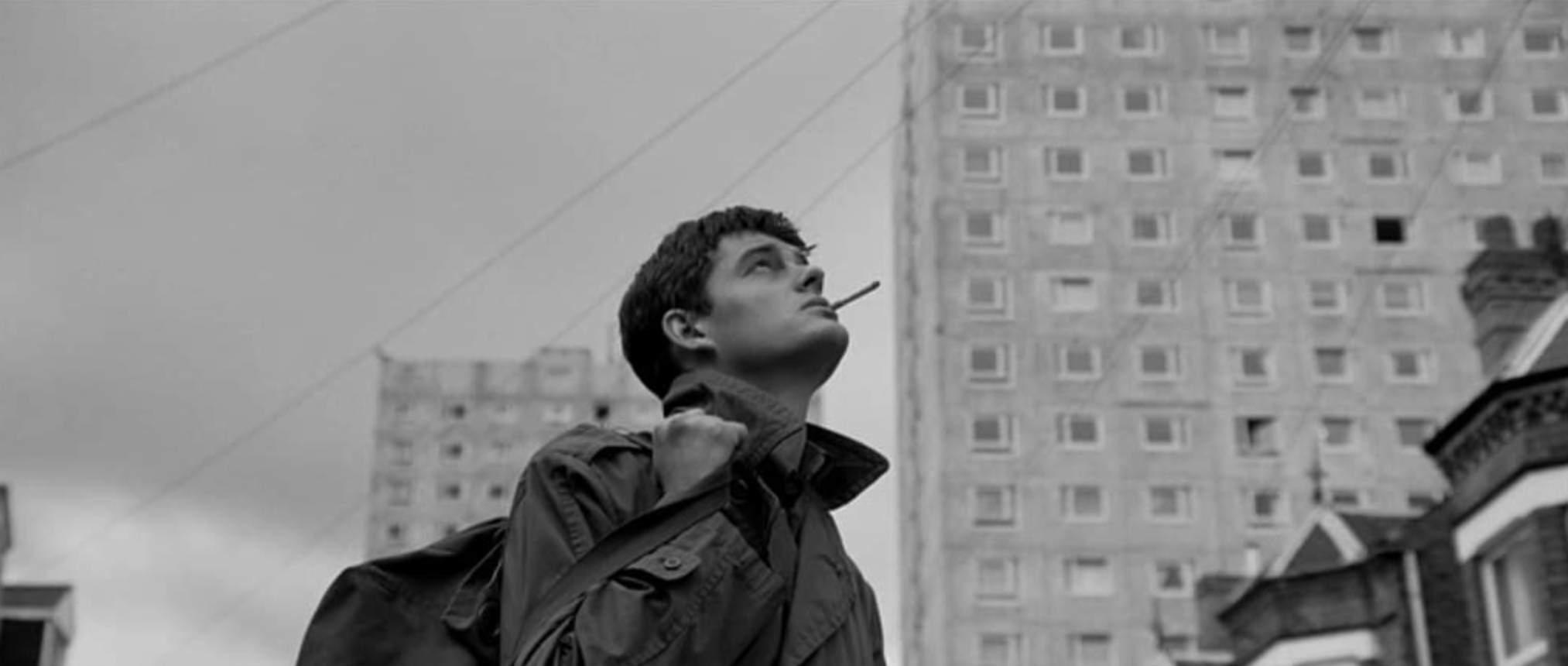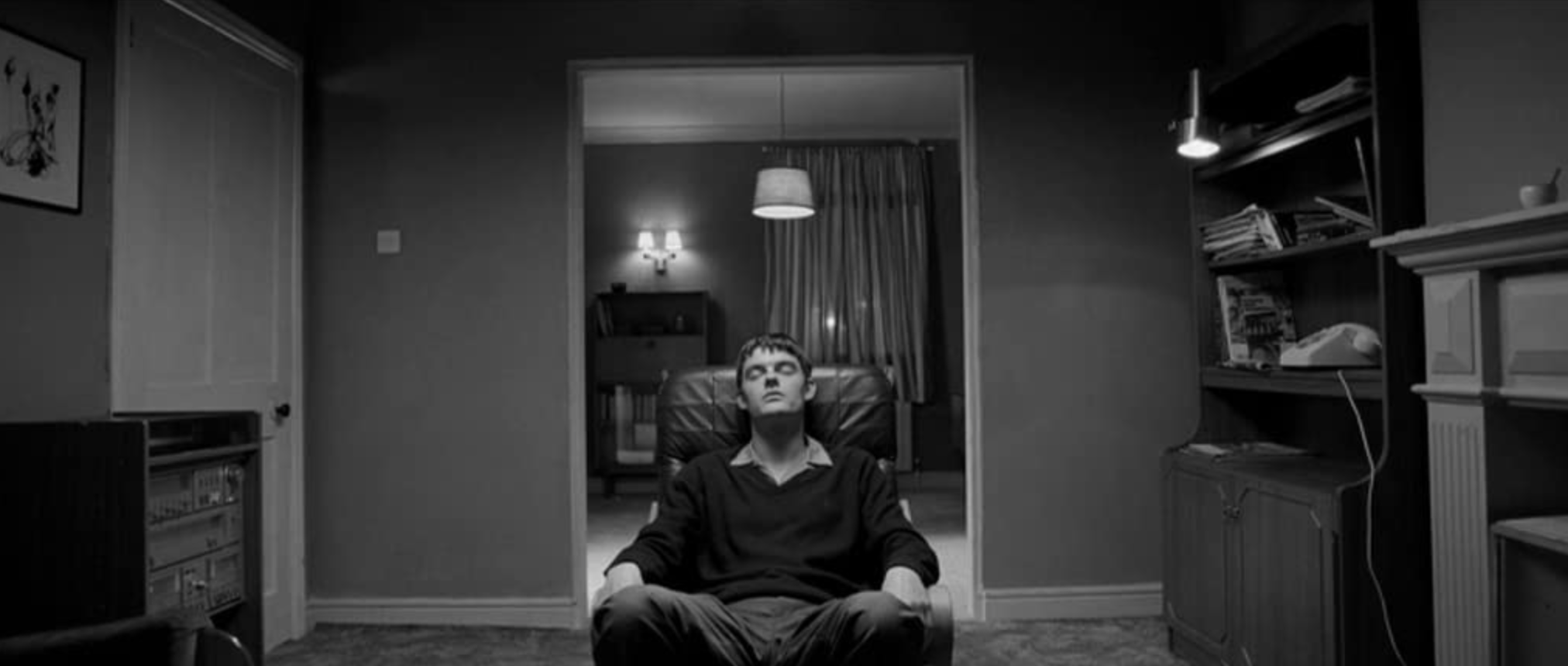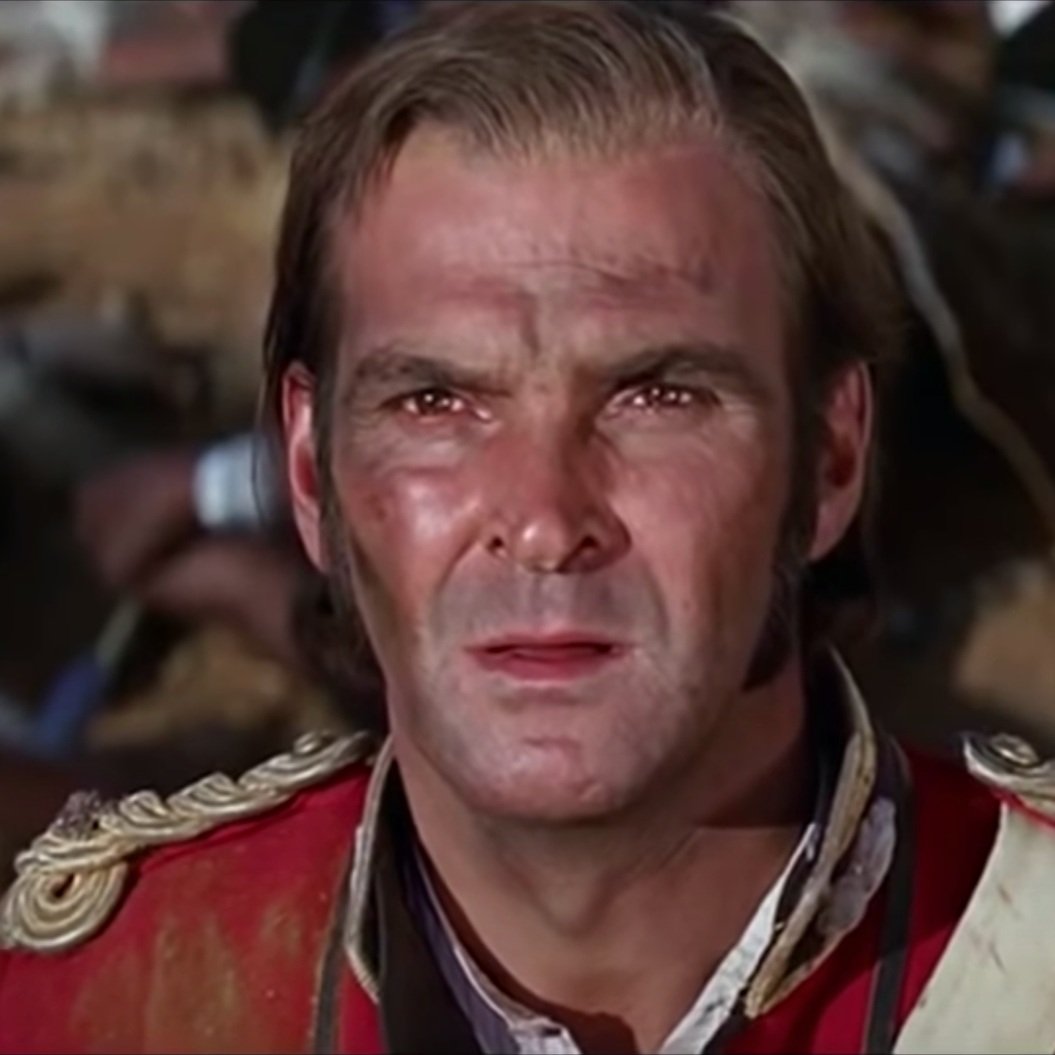Unknown Pleasures, Silver Screens: How Joy Division’s Sparse Filmography Became a Masterclass in Sonic Story Architecture
Joy Division recorded fewer than fifty songs before Ian Curtis took his life in May 1980, yet a tiny subset of that catalogue continues to colonise cinema in ways that defy the usual rules of soundtrack licensing. Unlike the Stones or Bowie—whose music is everywhere precisely because it is everywhere—Joy Division appears seldom, and never frivolously. Each placement is a needle driven deep into narrative bone: a house-party meltdown that foreshadows the end of the world, a funereal camera drift over suburban rooftops, a Cold-War brawl in East Berlin neon. By tracking seven key films released between 2001 and 2024, we can see not only a pattern of song choice but also a set of unwritten principles about how post-punk minimalism, authorial myth, and brand strategy intertwine on-screen.
Donnie Darko and the proof-of-concept for post-punk sync
The modern era of Joy Division in film begins, appropriately, with a glitch in time. Richard Kelly’s Donnie Darko (2001) is set in autumn 1988—two and a half years after “Love Will Tear Us Apart” peaked, yet long before its Spotify immortality. Kelly drops the song into an apparently ordinary high-school house party: a four-second drum machine click, Bernard Sumner’s skeletal guitar, and then Curtis’s voice cutting through teenage chatter. The scene lasts barely ninety seconds, but the cue does three jobs at once. First, it stamps the film’s period without using the obvious Top-40 hits of 1988. Second, it laces the brewing teen angst with adult-scale despair. Third, it sets a rhythmic benchmark—120 BPM—that reappears every time Donnie’s timeline kinks. Darko’s sleeper success proved that post-punk could generate cult engagement on DVD and, later, streaming; the soundtrack album, whose tracklist lists Joy Division between Echo & the Bunnymen and Tears for Fears, sold 140,000 physical copies—an outlier for a micro-budget film at the dawn of the iTunes era (Wikipedia).
Factory Records, reflexively scored
Kelly’s triumph opened a door for Michael Winterbottom’s 24 Hour Party People (2002), a shaggy meta-biography of Tony Wilson and the Factory label. If Donnie Darko’s needle-drop was a poetic aside, Winterbottom’s is historiography: “Transmission” backs the chaotic opening gig at the Lesser Free Trade Hall; “She’s Lost Control” punctuates the emergence of Curtis’s epilepsy; “Atmosphere” closes the first act with Wilson breaking the fourth wall to announce Curtis’s death. The film uses Joy Division in chronological order, effectively letting the songs form a documentary spine inside a fantasia of unreliable narrators. By reinscribing real music into re-enacted history, Winterbottom demonstrates a central licensing paradox: the more authentic a track is to the narrative, the less it feels like decoration and the more the audience will tolerate its emotional heaviness (Wikipedia).
Control: ethics, fidelity, and the black-and-white abyss
Anton Corbijn’s Control (2007) pushes that logic further. As Ian Curtis’s first photo-biographer, Corbijn had both moral stewardship of the story and direct access to the estate. Instead of leaning on masters, he re-records performance scenes live, using period-correct HH electronic drums and a battered Vox Phantom bass, thereby matching the sonic brittleness of Martin Hannett’s studio production without paying for every original multitrack. Only at the end, as Deborah Curtis discovers her husband’s body, does the real “Atmosphere” arrive—pale, cavernous, and free of percussion, an aural negative space around which Corbijn drains the frame of light. The placement cost momentum (the credits roll in silence afterwards) but gained what money cannot buy: the permission of grief. Surviving band-members New Order endorsed the decision, and the film went on to win Cannes’ Directors’ Fortnight best European debut, cementing the idea that a single Joy Division song—if used as narrative denouement—can anchor an entire film’s emotional budget (Wikipedia).
Waltzing with time travel: Broken Social Scene’s three-quarter gamble
In Robert Schwentke’s The Time Traveler’s Wife (2009), Joy Division arrives in disguise. Canadian collective Broken Social Scene record a version of “Love Will Tear Us Apart” in 3/4, turning Hannett’s steady 4/4 march into a woozy waltz for the protagonists’ chronologically scrambled wedding. The cover is cheaper than the master but still splits publishing with the Curtis estate, and its unfamiliar meter solves a tonal puzzle: the lyric remains, but the rhythm rocks like a boat on non-linear seas. Critics were divided; Pitchfork called the decision “an ambling waltz that sandpapers the stakes” (Pitchfork), yet the track generated 27 million Spotify streams in the first eighteen months—an algorithmic afterlife for a song once assumed unplayable at nuptials. From a brand-management angle, the move exemplifies “transformative sync”: you refresh canonical IP, extend its demographic reach, and sell the cover as soundtrack exclusive without eroding the prestige of the original (Wikipedia, Pitchfork).
Shadowplay in neon: Atomic Blonde and the Cold-War fight scene
David Leitch’s Atomic Blonde (2017) is an 80-song mixtape disguised as a spy thriller, yet only one post-punk track comes from the pre-1981 darkwave: Joy Division’s live version of “She’s Lost Control.” Unlike the clean studio take, this recording begins with Curtis shouting a clipped count-in that spikes at –2 dB before the kick drum locks into 152 BPM. Editor Elisabet Ronaldsdóttir syncs Charlize Theron’s stairwell fight to the bass line, cutting on off-beat hi-hat hits so punches land half a frame late—just enough to jar the audience’s proprioception. Apple Music’s official playlist lists the track between George Michael’s “Father Figure” and Re-Flex’s “The Politics of Dancing,” curating it as texture rather than headline, yet fan chatter on Reddit notes Joy Division as the “spine-tingling anomaly” that prevents the set-piece from feeling like a glittery retread of John Wick (Apple Music).
Elegy in suburban Perth: Hounds of Love
Ben Young’s micro-budget Australian thriller Hounds of Love (2016) reserves “Atmosphere” for its final overhead shot, as a kidnapped teenager staggers down a cul-de-sac while dawn leaks across corrugated-iron roofs. At 82 BPM and mixed at a near-whispered –12 dB RMS, the song sits inside the foley of cicadas and police sirens without ever forcing the mix engineer to duck environment channels. According to production notes, Young tried eleven alternate cues—including Arvo Pärt’s “Spiegel im Spiegel”—before realising that only “Atmosphere” carried what he called “ritual calm.” The placement triggered a 612 percent spike in the track’s Australian Spotify streams the week the film landed on Shudder, a miniature case study in how prestige horror can resurrect catalogue (Wikipedia).
A revenant returns: The Crow (2024) and the first superhero sync
Rupert Sanders’ reboot of The Crow faced a different challenge: link the goth iconography of James O’Barr’s comic to a 2020s mainstream audience without leaning on the 1994 soundtrack’s grunge blueprint. Enter “Disorder,” Joy Division’s opening salvo on Unknown Pleasures, blasted across the Detroit skyline as Eric Draven sprints over rooftops. At 156 BPM the track matches parkour cadence, while Curtis’s first lyric—“I’ve been waiting for a guide to come and take me by the hand”—folds neatly into the revenant myth. Early leaks of the soundtrack list triggered Twitter debate over whether post-punk belongs in spandex cinema; ScreenRant’s track-guide article called it “a sharp Gothic tether to the franchise’s underground roots.” (Reddit, Screen Rant).
Reading the data beneath the reel
Aggregate the seven films and four songs—“Atmosphere,” “Love Will Tear Us Apart,” “She’s Lost Control,” “Disorder”—and two statistical curiosities emerge. First, scarcity: on average, only once every three years does a major release deploy a Joy Division track. Second, convergence: “Atmosphere,” the least radio-friendly of the four, is also the most used, but never outside the context of death or transcendence. Producers appear to treat it as sonic last rites, a secular requiem whose gated reverb turns cinema speakers into a cathedral.
Musicologically, all four songs share an A-D-G harmonic centre and mid-scooped EQ—a coincidence that lets them embed in dialogue-heavy mixes without muddying vowels. Psychologically, each one invokes liminality: lovers on the brink, cities on the edge of collapse, brains on the cusp of seizure. That liminality unlocks licensing value; you need only 30 seconds of a Joy Division track to suggest an entire worldview. For brands—whether a streaming platform, a television network, or a game studio—that efficiency is gold. You buy gravitas in half a minute and watch social media do the rest.
Joy Division once sang about walking “in silence.” On film that silence becomes resonance: the band’s ghostly frequency lingers long after the credits, prompting viewers to Google lyrics, stream songs, and—in a virtuous loop—carry the narrative aura back into daily life. Thirty-five years after the last note was recorded, Ian Curtis’s voice is still scripting new chapters, teaching filmmakers that less really can be more, and reminding brand strategists that cultural memory, when deployed with restraint, outperforms even the loudest marketing spend.
Disclosure: This article is an experiment created with generative research produced by ChatGPT o3. It relies upon a number of online sources for its original hypothesis as well as the assembly of narrative conclusion. It is an experiment in crafting a detailed set of instructions sufficient to prompt an LLM to generate a topic of esoteric interest based on my own interest in Joy Division, perform a deep analysis upon these topics, and assemble them into a coherent, informed set of thoughts. I find the results a fascinating means of surfacing new and interesting threads of curiosity. I hope you do too.

































